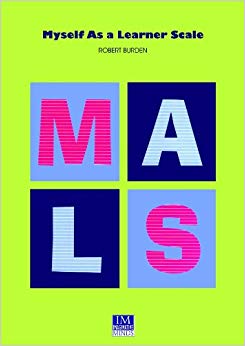-
Skinny
Robert Burch
Hardcover (Viking Press, Aug. 16, 1966)None
-
Ida Early Comes Over The Mountain
Robert Burch
School & Library Binding (Turtleback Books, Nov. 1, 1990)FOR USE IN SCHOOLS AND LIBRARIES ONLY. Tough times in rural Georgia during the Depression take a lively turn when spirited Ida Early arrives to keep house for the Suttons T
T
-
Christmas with Ida Early
Robert Burch
Library Binding (Econo-Clad Books, Nov. 15, 1985)None T
T
-
Illustrated Architectural, Engineering,& Mechanical Drawing-Book: For the Use of Schools, Students, and Artisans
Robert Scott Burn
Paperback (Forgotten Books, Nov. 25, 2017)Excerpt from Illustrated Architectural, Engineering,& Mechanical Drawing-Book: For the Use of Schools, Students, and ArtisansIN the work on Practical Geometry, in the Series of Educational Books of which this treatise forms a part, we have given simple definitions and con structions of the various forms and figures which may be said to constitute the foundation of all drawing. We have there endeavoured to show that a knowledge of geometrical construction is necessary, before a thorough appreciation of the principles of outline sketching can be Obtained, and a ready facility acquired in performing its operations. However much this position may be controverted as regards its application to an art which is generally looked upon as independent of, rather than dependent on, strict and formal rules, there can be no doubt, we think, that it holds with all completeness in reference to that which it is now our duty to illustrate and describe. In fact, so much do the various branches treated of in the following pages depend upon a knowledge of geometry, that many class them under the generic title of geometrical drawing. Those com mencing the study of these arts - so useful to the architect and the mechanic - without this knowledge of geometry, will be disappointed as to their speedy proficiency, and will labour under great disadvantages, from not understanding the principles upon which the constructions are founded.About the PublisherForgotten Books publishes hundreds of thousands of rare and classic books. Find more at www.forgottenbooks.comThis book is a reproduction of an important historical work. Forgotten Books uses state-of-the-art technology to digitally reconstruct the work, preserving the original format whilst repairing imperfections present in the aged copy. In rare cases, an imperfection in the original, such as a blemish or missing page, may be replicated in our edition. We do, however, repair the vast majority of imperfections successfully; any imperfections that remain are intentionally left to preserve the state of such historical works.
-
All Color World of Farm Animals
Robert Burton
Hardcover (Smithmark Pub, May 1, 1980)Documents the origins and use of various types of livestock, including cattle, sheep, horses, and poultry, as well as breeds rescued from extinction
-
Venomous animals
Robert Burton
Hardcover (Crescent Books, March 15, 1978)A photographic study of a varity of venomous animals.
-
Skinny
Robert Burch
Hardcover (Viking Press, Aug. 16, 1964)An eleven-year-old orphan temporarily working at Miss Bessie's hotel hopes arrangements can be made to enable him to stay there instead of being sent to an orphans' home
-
tyler wilkin and skee
robert burch
Hardcover (Viking Press, Aug. 16, 1967)None
-
Myself as a Learner Scale
Robert Burden
Paperback (Imaginative Minds, )None
-
Ida Early Comes over the Mountain
Robert Burch
Paperback (Demco Media, Oct. 1, 1990)Tough times in rural Georgia during the Depression take a lively turn when spirited Ida Early arrives to keep house for the Suttons T
T
-
Queenie Peavy
Robert Burch
Paperback (Demco Media, Aug. 1, 1987)Tormented by taunts that her father is in prison, thirteen-year-old Queenie retaliates by causing a lot of trouble until she discovers something important about her father and herself S
S
-
Crossbow
Robert Burwell
Paperback (Lulu.com, May 14, 2005)An inspiring tale of a young Native American boy, who although small in stature, learns to use his smarts to overcome bullying and become a great warrior and inventor.